Rockshox Reverb AXS XPLR dropper post review
Faultless performance, the only question is: will you use it?
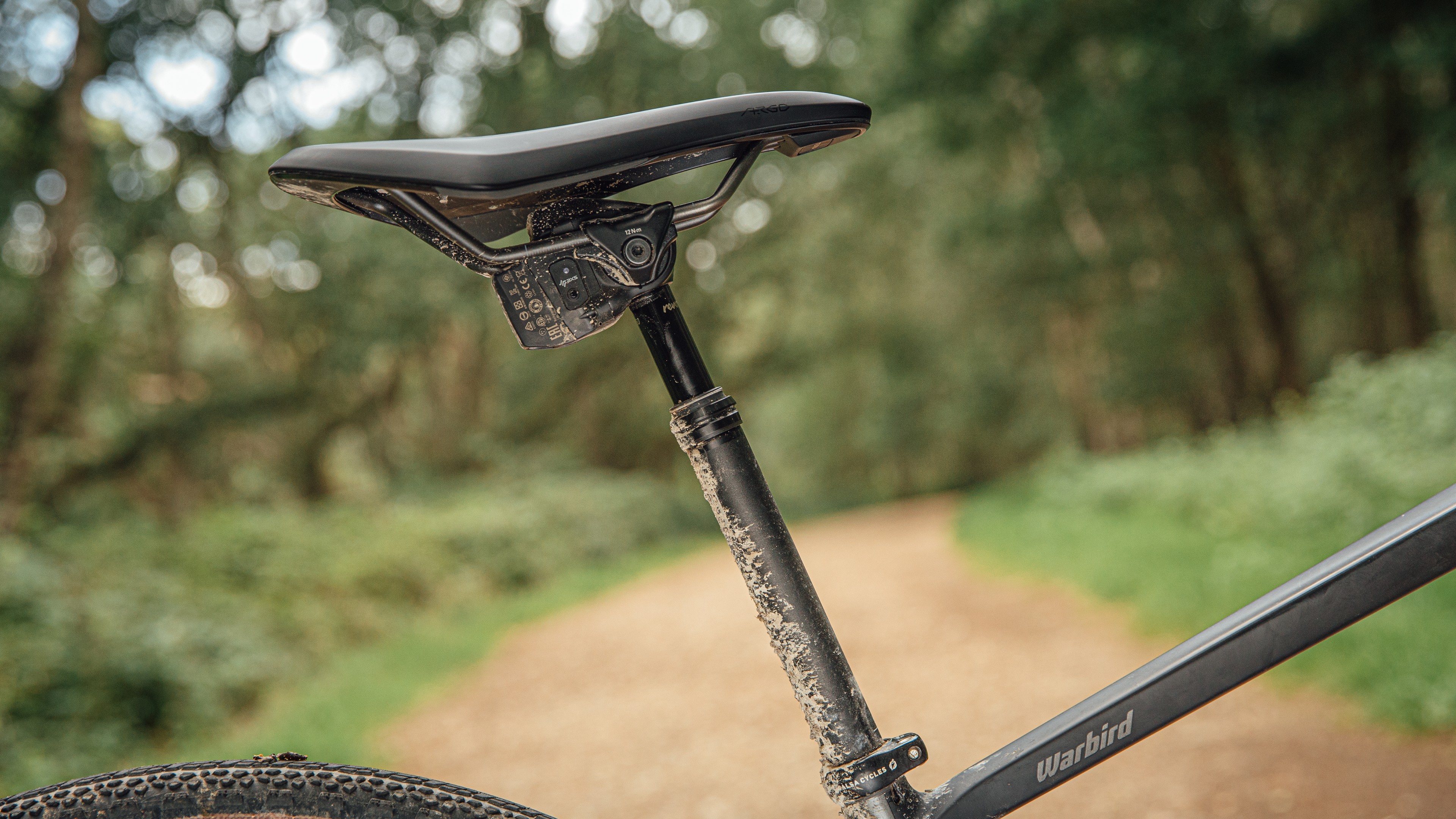
Functionally, the Rockshox Reverb AXS XPLR dropper post is faultless. However, the question is how much you'll use it, vs the cost. If you're often attacking steep, gnarly terrain with sustained descents, it's well worth considering, if sawtooth profiles are more common and you're not really pushing your bum right over the back of the bike or down low to the top tube, this might not be a worthwhile investment.
-
+
AXS wireless system removes set-up complications
-
+
Interchangeable battery
-
+
You could use it for a bit of compliance
-
-
Minimal travel
-
-
Not all gravel riders will utilise a dropper post
You can trust Cycling Weekly.

Before trying a dropper seatpost on a gravel bike, I thought that a dropper seatpost was the number one way to improve the current crop of even the best gravel bikes. Afterall, on the rare occasions that I go mountain biking, I wouldn't want to be without a dropper.
However, having had the availability of a dropper post on a gravel bike for some months, I'm surprised at quite how little I've used it.
This will not be the experience of all people riding gravel bikes - it's going to come down to terrain choice and riding style. For some riders, the Rockshox Reverb AXS XPLR dropper post released as part of the SRAM (the US brand which owns Rockshox) XPLR ecosystem may be the revelation I expected it to be.
Rockshox Reverb AXS XPLR dropper post: Construction
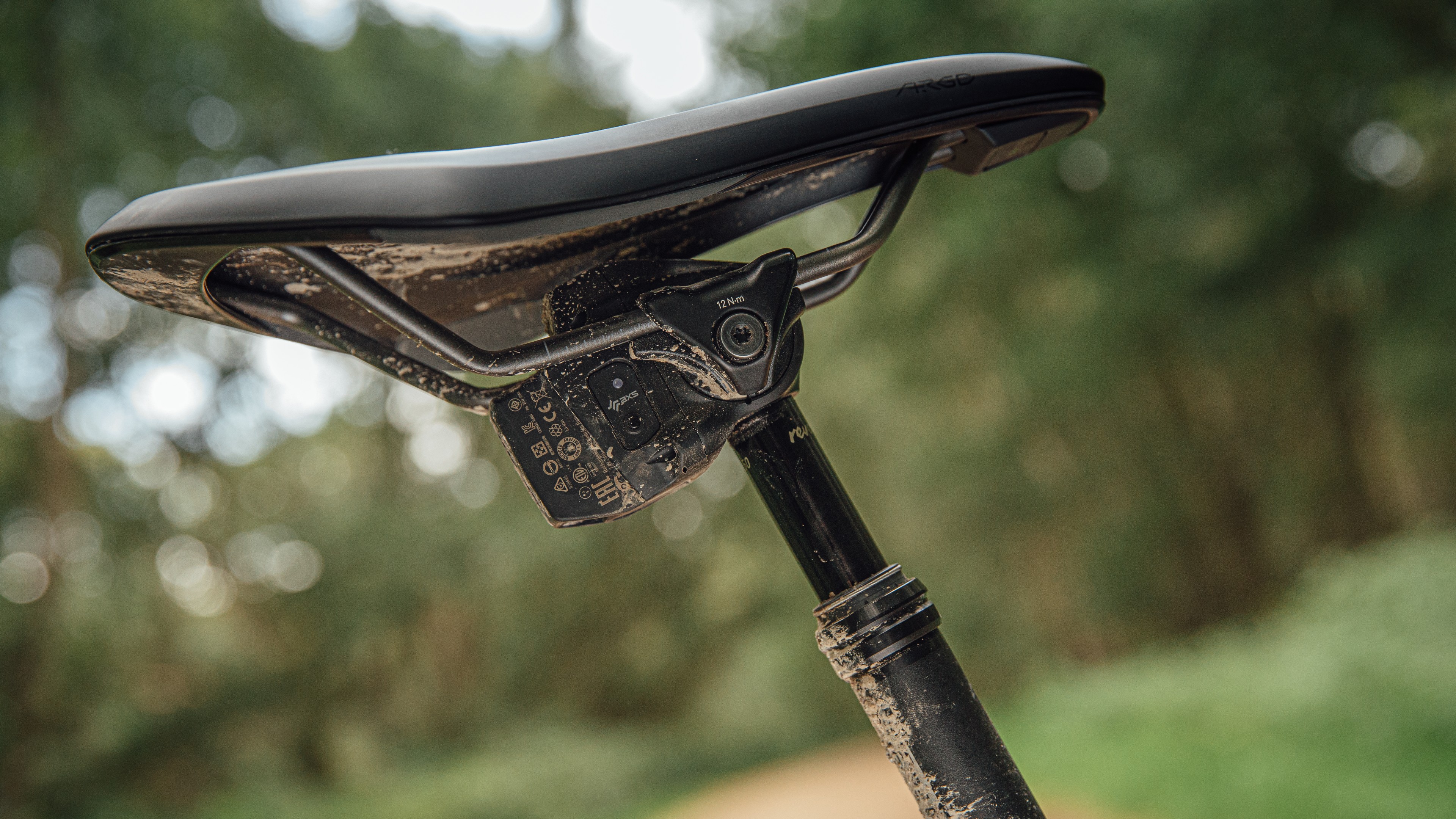
Pairing Rockshox dropper posts with the wireless AXS technology from SRAM is a match made in heaven. In the past, mountain bikers have experienced struggle and strife with cabling dropper posts in awkward configurations, and AXS does away with that.
Set-up involves syncing the post and remote, via pressing the AXS button. Personalisation is possible via the App.
The SRAM approved method of activation is via the shifters, the activation that would usually be used to change between chainrings is used to drop or return the post to its original position (assuming you're running a 1x set up). It is possible to operate the post via a blip box button, or a flat bar lever - but this could interfere with that all-important bar bag. If you do want to opt for a remote outside of the shifter option, it's an extra purchase.
The post itself measures in at the 27.2mm standard, with a 400mm length available with 50mm or 75mm travel whilst the 350mm length (which I have on test) offers 50mm of travel only.
The Reverb AXS XPLR delivers its drop via air alone, there's no oil. This keeps the weight low, and reduces maintenance or the need for the likes of the 'Vent Valve' you'll see on the Reverb AXS (non XPLR), which resolves squish that can develop if air and oil mix. The Reberb AXS (non XPLR) does offer from 100-170mm of travel, though.
The battery used is shared across SRAM AXS components. This strikes me as being particularly handy for long-distance adventurers. There's no doubt that shifting is more crucial than dropping, so should your rear mech run out of juice, you've got sa spare.
Obviously, you're going to get the bike mucky - this system is water and dustproof, and I can assure you I've ragged mine through plenty of undesirable conditions.
Finally, Rockshox has built-in what it calls 'Active Ride'. Put simply, if you drop the post by just a margin of a few mm's, you'll discover some gentle flex. This is designed to provide compliance. I did ask if this was just a fancy name for a manufacturing defect. However, I'm reassured that Rockshox is more than capable of excluding this flex from its MTB ready dropper posts, so this design is entirely intentional.
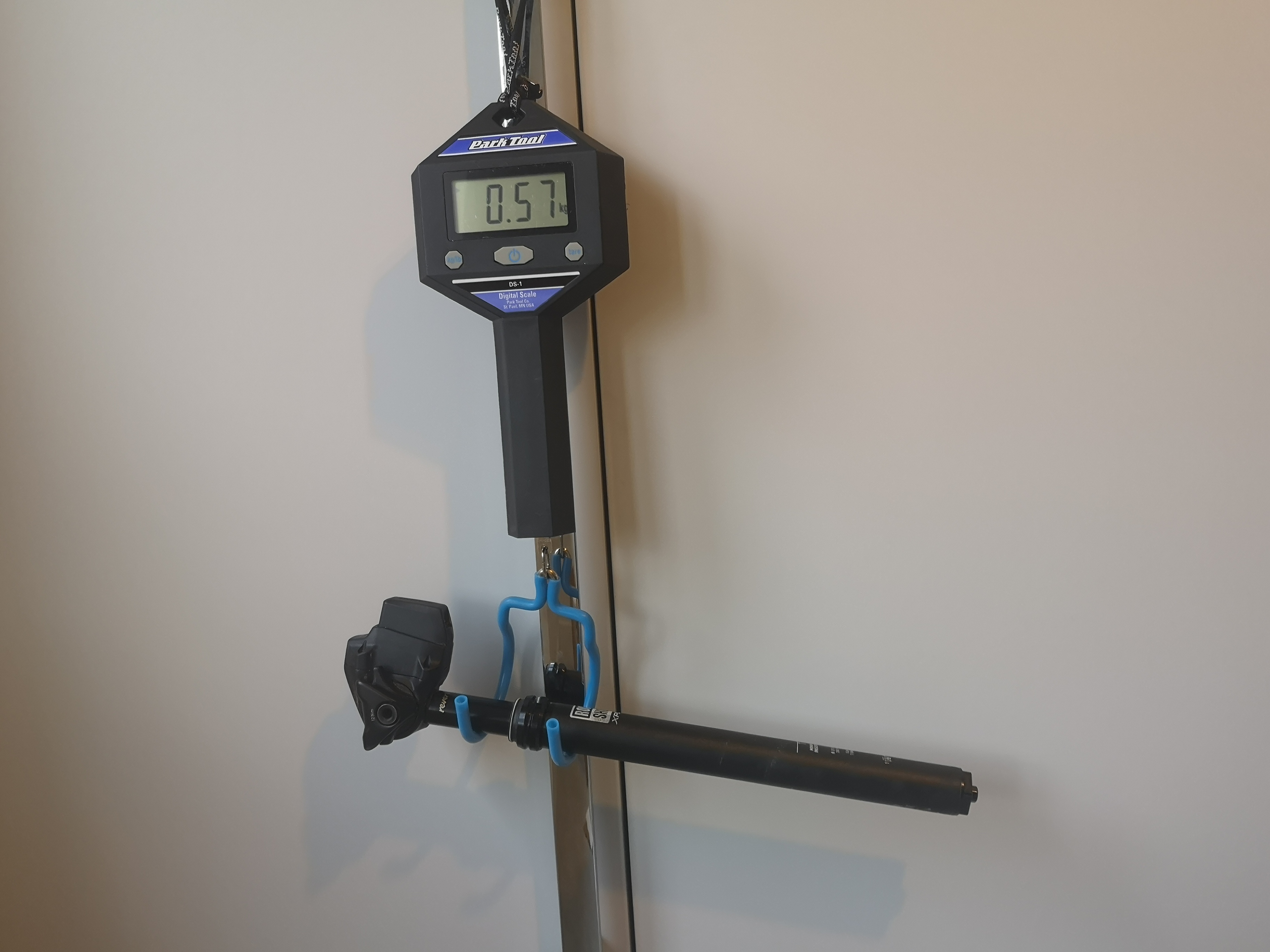
Scores on the doors weight wise are 562g for a 400mm travel option, plus 25g battery. I got 0.57kg - let's go slap bang in the middle and call it 575g - for my 350mm version with the battery.
A Zipp Service Course SL Alloy seatpost weighs in at 251g, so we can call the weight penalty for running the dropper around 324g.
Rockshox Reverb AXS XPLR dropper post: The ride
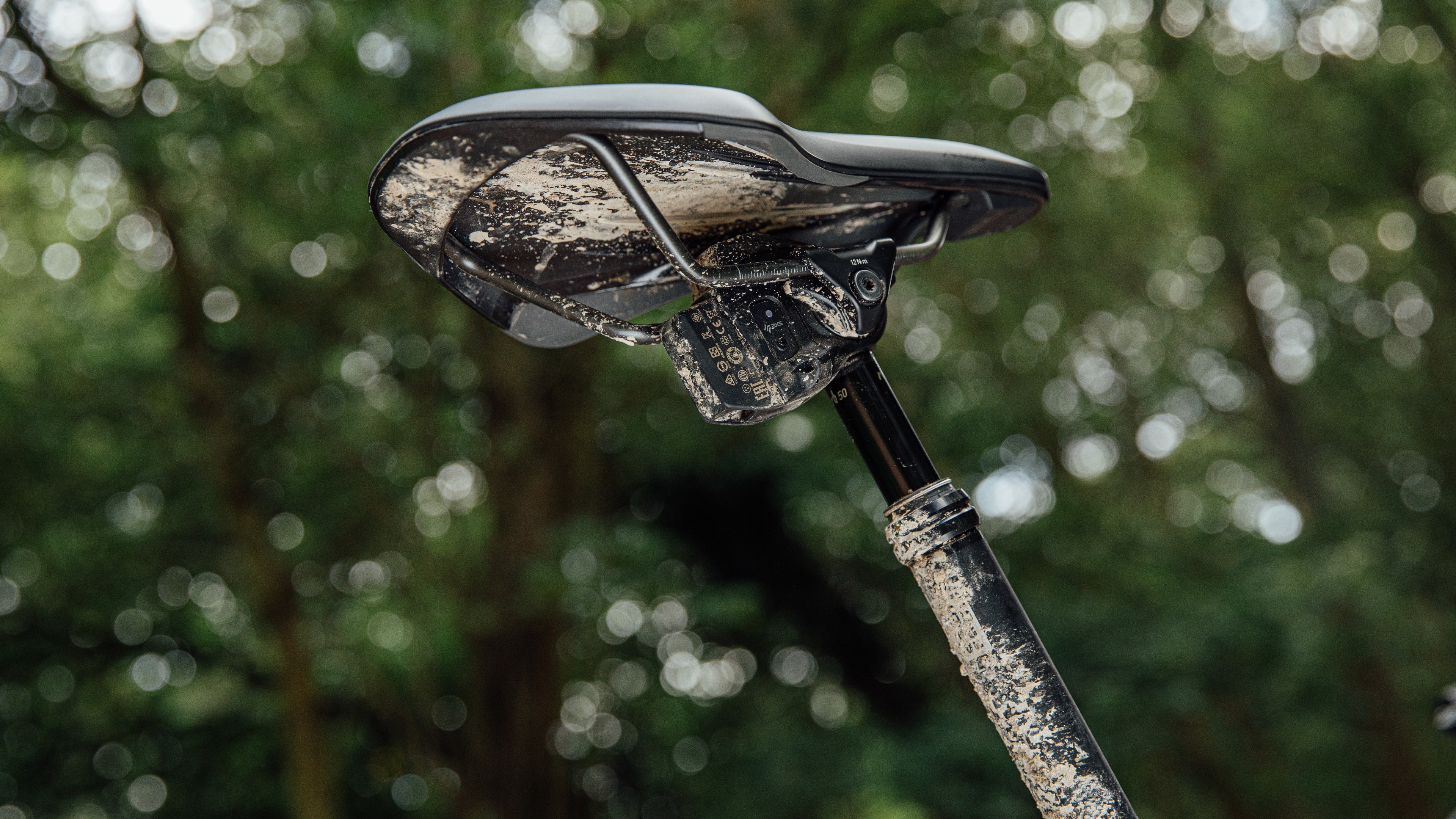
My expectation was that the dropper post would be the most useful of the Rockshox XPLR comonents (the humble 10-44 cassette being, overall, obviously the most useful).
My primary test was a 100 mile one-day ride accross the South Downs, from Winchester to Eastbourne. This route is largely chalky, rocky, and comprises of somewhat of a 'sawtooth profile'. However, variety is the spice of life, so my riding also took me to the likes of Glentress (Scotland) and over some muddier local trails.
The seatpost was fitted to a 49cm Salsa Warbird gravel bike, supplied by SRAM. I do have to disclose that the bike was a little bit too small for me, I'd have been better on a 52cm bike. I can confirm that running the post above the minimum insertion did not result in sudden snappage for me, but obviously, I do not recommend you try it.
A post shared by Michelle Arthurs-Brennan (@ridewriterepeat)
A photo posted by on
In terms of activation of the dropper, the post has worked faultlessly throughout, despite being dragged through mud and grime. Press the shifters together to go down, repeat to return to the start position. There was never a moment where I experienced and lag, lack of action, or cause for concern.
The weight additon is minimal, too, at no point did I internally bemoan those extra 324g.
I did, however, find that I used the dropper post a lot less than expected. Firstly, the descents I'm often tackling on a gravel bike are usually shortlived.
Where on a mountain bike, and visiting a trail centre, a long, sustained climb will precede an official 'trail', 80% of which is downhill. At this point, I will approach the trail and activate the dropper post straight away. On my gravel bike, I'm very often riding 100 metres downhill before going back up again, rinse, and repeat. At the beginning of the descent, unless I'm prepared to absolutely send it, I'm usually braking a bit - which actually makes it quite hard to activate the post simultaneously.
It's also worth comparing position on a gravel bike vs a mountain bike, something I'd not taken into account until I tested the XPLR Reverb AXS. On a gravel bike, you are invariably on the drops for a techy descent, this moves your body position forwards, and I very rarely find that I'm needing to pull my bum right back over the saddle or down low to the top tube - the terrain simply doesn't warrant it - the way it might on a dedicated mountain bike trail. The bike also isn't as high off the ground as a full sus mountain biker would be, so everything is lower. This element is very terrain and rider dependant - if you're an experienced off-roader riding gnarly, rooty terrain on your gravel bike, you might well need to push your weight way over the back of the bike, and therefore utilise the dropper post more.
When I did drop the post, I only had 50mm to play with, which isn't quite the same effect as the 100mm+ you might get on a dedicated MTB post. Those on larger bikes could buy the 400mm post, to get 75mm, remember that does actually represent a large increase at 50% - so perhaps taller riders get more from this tech. Being an average height female is not always beneficial in bicycle land.

Aside from the descents, and climbs, my gravel rides often include long stretches of flatter terrain, something I just don't come across at a trail centre.
At this point, it might be a nice idea to drop the post by those few mm's to enjoy the compliance of 'Active Ride.
However, firstly, wide tyres do much of the compliance job for me. And secondly, I am somewhat of a micro-adjuster, I like my saddle height to be 'just so', and so I want the 'return' position to be correct, not 'correct +2mm', to leave space for that tiny drop.
There was one application where I found the dropper post very useful, and that was for remounting on a steep climb. The South Downs Way, for example, features very many gates - and a lot of them are at the bottom of a climb. Being able to drop the post to get a more solid position before remounting genuinely made a huge difference.
Rockshox Reverb AXS XPLR dropper post: Value and conclusions
I've put a bit of a downer on the Reverb AXS XPLR in terms of my own actual utilisation of it. However, SRAM has been pretty clear that it understands that the usefulness of these components is going to be rider and terrain dependant. If you're attacking some long, sustained, gnarly trails on your gravel bike then you might get some more use of it. I would say, however, that the descents of the South Downs are (in my book) pretty steep, and littered with loose rocks and off-camber channel escapes.
At $600.00/€600.00/£500.00 this is a reasonable investment, and it's probably worth being absolutely sure that you'll utilise it before shelling out.
If you do think that this is the tool for you, the good news is that the set-up, functionality and responsiveness were all faultless.
Specifications
- Travel: 50mm, 75mm (400m), 50mm (350mm)
- Post Diameter 27.2mm
- Post length 350mm, 400mm
- Saddle rail compatibility Round/Oval (7x9 & 7x10), Round/Oval (7x9)
- WEIGHT 0.57kg (350mm, with battery)

Thank you for reading 20 articles this month* Join now for unlimited access
Enjoy your first month for just £1 / $1 / €1
*Read 5 free articles per month without a subscription

Join now for unlimited access
Try first month for just £1 / $1 / €1
Get The Leadout Newsletter
The latest race content, interviews, features, reviews and expert buying guides, direct to your inbox!
Michelle Arthurs-Brennan the Editor of Cycling Weekly website. An NCTJ qualified traditional journalist by trade, Michelle began her career working for local newspapers. She's worked within the cycling industry since 2012, and joined the Cycling Weekly team in 2017, having previously been Editor at Total Women's Cycling. Prior to welcoming her first daughter in 2022, Michelle raced on the road, track, and in time trials, and still rides as much as she can - albeit a fair proportion indoors, for now.
Michelle is on maternity leave from April 2025 until spring 2026.
-
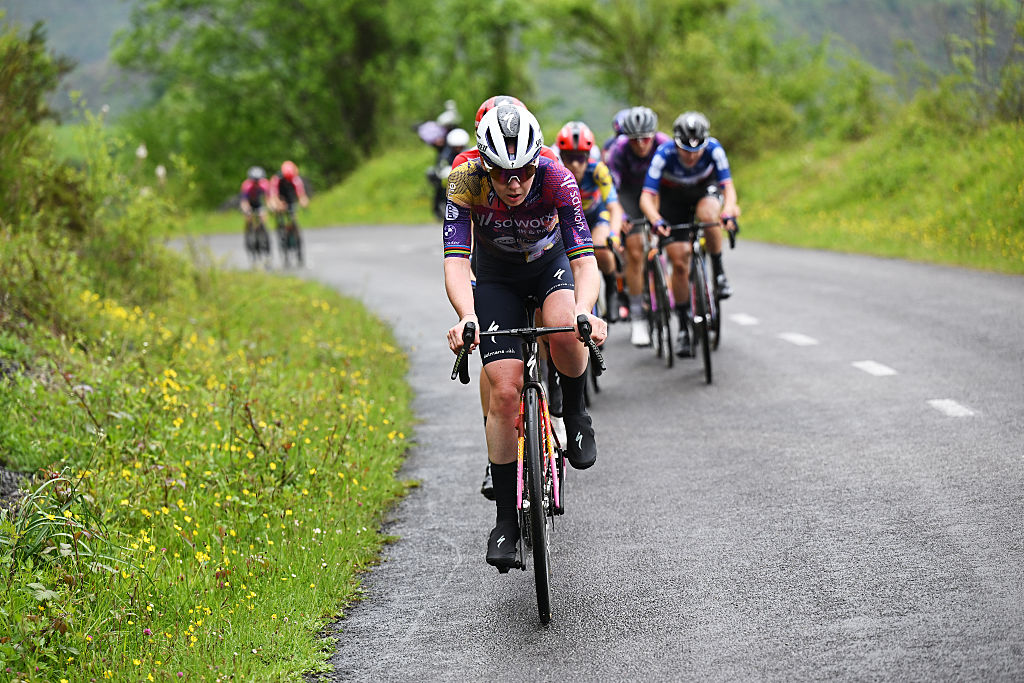 ‘I have hardly done such efforts until now’ - Anna van der Breggen third on return to Grand Tour racing at Vuelta Feminina
‘I have hardly done such efforts until now’ - Anna van der Breggen third on return to Grand Tour racing at Vuelta FemininaSD Worx-ProTime rider satisfied with Spanish stage race performance
By Dan Challis Published
-
 Primož Roglič: ‘It’s nice to have the jersey but the goal is to have it at the end in Rome’
Primož Roglič: ‘It’s nice to have the jersey but the goal is to have it at the end in Rome’New Giro d'Italia leader says he's expecting Mads Pedersen to strike back on stage three
By Peter Cossins Published
-
 From heartache to elation as Josh Tarling takes biggest career victory at Giro d'Italia: 'It's super special'
From heartache to elation as Josh Tarling takes biggest career victory at Giro d'Italia: 'It's super special'The Ineos Grenadiers rider becomes the first Welshman to win a stage of the Italian Grand Tour.
By Chris Marshall-Bell Published